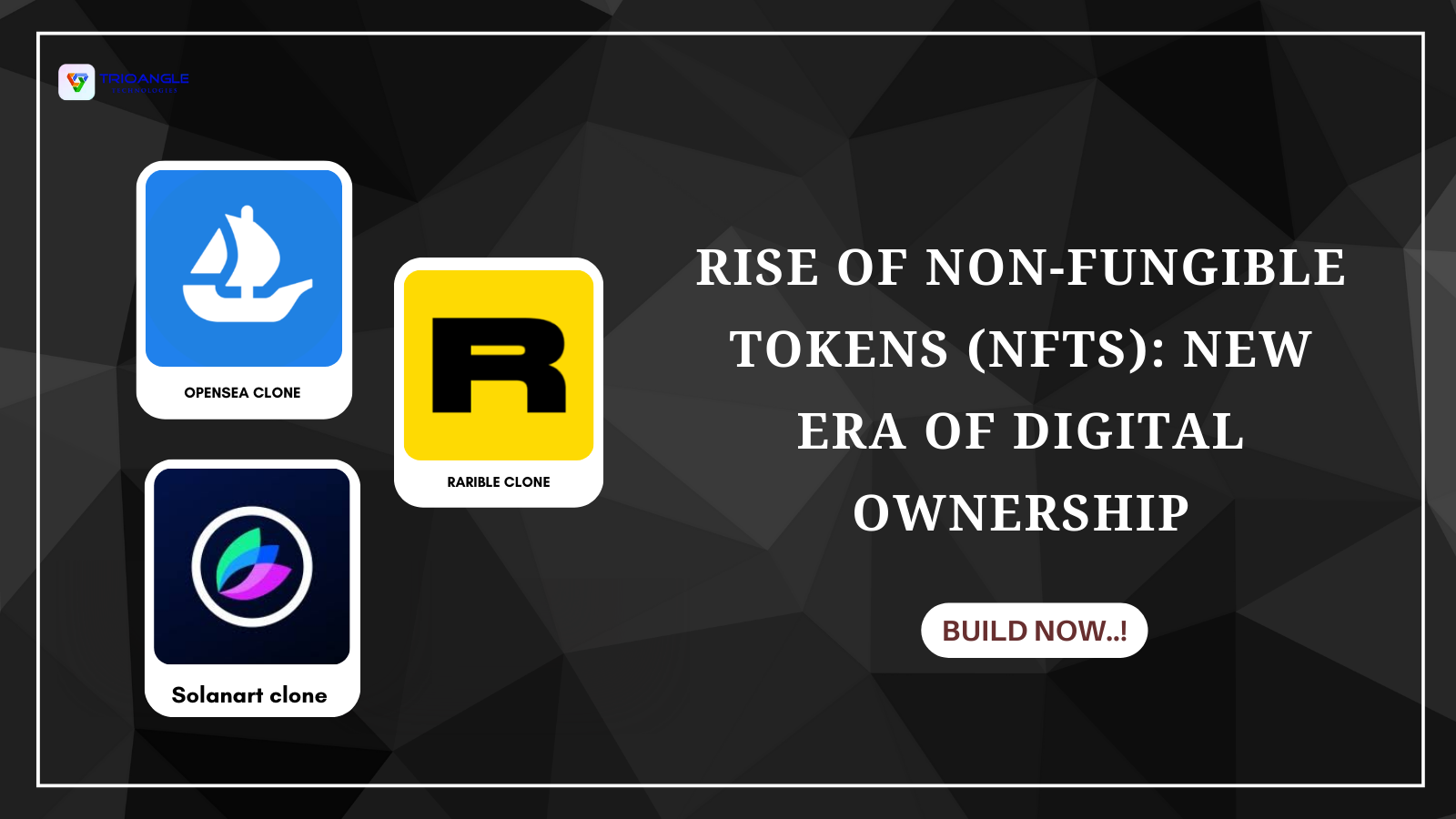
As blockchain technology continues to disrupt traditional industries, real estate is emerging as one of the most promising sectors for transformation. In 2025, the idea of tokenizing real-world assets as NFTs (Non-Fungible Tokens) is gaining significant traction, and real estate is at the forefront of this movement. By leveraging the power of blockchain, developers are now building real estate NFT marketplaces—digital platforms that allow users to buy, sell, and trade tokenized property rights in a secure, transparent, and decentralized environment.
In this blog, we explore how to build a successful real estate NFT marketplace in 2025 and what you need to know to stay ahead of the curve.
What is a Real Estate NFT Marketplace?
A Real Estate NFT Marketplace development is a blockchain-based platform where physical properties or fractional shares of properties are represented as NFTs. These NFTs contain verifiable ownership information and smart contract terms, allowing seamless property transfers without the need for intermediaries like brokers or title agents.
Users can trade:
Full ownership of properties
Fractional ownership (real estate tokenization)
Rental agreements
Property development rights
Timeshares or REITs (Real Estate Investment Trusts)
By turning property assets into digital tokens, the marketplace offers liquidity, transparency, and global accessibility that traditional real estate lacks.
Why Build One in 2025?
The timing is ideal. Here’s why:
Blockchain adoption is now mainstream and backed by regulatory advancements.
Fractional ownership is becoming popular, especially among younger investors.
The real estate market is demanding more transparency and automation.
Tokenized assets can be traded globally, increasing access and liquidity.
Demand for borderless property investment is higher than ever.
Building a real estate NFT marketplace in 2025 positions you at the intersection of two trillion-dollar industries—real estate and blockchain.
Key Features of a Real Estate NFT Marketplace
To ensure your platform stands out, include the following features:
1. Blockchain Integration
Select a reliable blockchain like Ethereum, Polygon, or Avalanche to support token minting, smart contracts, and secure transactions. Consider Layer-2 solutions for cost efficiency and speed.
2. Smart Contract Automation
Smart contracts automate processes like:
Property transfer
Rental agreements
Payment distribution
Royalties (if resale is involved)
They reduce paperwork and eliminate human error.
3. KYC/AML Compliance
Real estate is highly regulated. Implement robust KYC (Know Your Customer) and AML (Anti-Money Laundering) procedures to ensure user identity verification and regulatory compliance.
4. Property Tokenization Engine
Enable fractional ownership by dividing property value into smaller, tradable NFT shares. This opens investment to a broader audience and increases liquidity.
5. Escrow and Payment Gateways
Integrate escrow smart contracts and support crypto and fiat payments for secure, trustless transactions between buyers and sellers.
6. Legal Documentation Storage
Each NFT should be linked to legally verified documents—titles, deeds, inspections—stored on-chain or via decentralized storage (e.g., IPFS).
7. User Dashboard and Analytics
Allow users to track investments, ROI, transaction history, and market trends through personalized dashboards.
Step-by-Step Development Process
Step 1: Market Research and Compliance
Research local and global real estate laws and crypto regulations. Consult legal experts to ensure your platform is compliant in jurisdictions where you plan to operate.
Step 2: Choose a Tech Stack
Pick your blockchain, backend language (e.g., Node.js), frontend framework (e.g., React), and database. Use secure wallets (e.g., MetaMask) and smart contract languages like Solidity.
Step 3: Design the Platform UI/UX
Create a clean, intuitive interface that caters to both real estate professionals and crypto-savvy users. Mobile responsiveness is essential.
Step 4: Smart Contract Development
Develop and rigorously test smart contracts for token creation, fractionalization, sales, rentals, and royalties. Audit them for security vulnerabilities.
Step 5: Integrate APIs and Oracles
You’ll need APIs for real estate valuation data, maps, legal document verification, and property listings. Use oracles to feed off-chain data into smart contracts.
Step 6: Launch and Market the Platform
Deploy the platform in stages—beta testing, soft launch, and full release. Use influencer marketing, real estate webinars, and partnerships to attract users.
Challenges to Consider
Legal complexity: Real estate laws vary by country and even by state.
User education: Many users aren’t familiar with blockchain; onboarding should be simple.
Scalability: Ensure the platform can handle thousands of property listings and transactions.
Security risks: Protect against fraud, smart contract bugs, and data breaches.
Conclusion
In 2025, the fusion of real estate and blockchain is not just a trend—it's the future of property investment. Building a real estate NFT marketplace development can open doors to global investors, democratize property ownership, and streamline complex real estate processes.
By focusing on transparency, security, and compliance, your platform can become a trusted hub in this emerging digital property ecosystem. As blockchain continues to mature, those who build early will shape the infrastructure of tomorrow’s real estate market.





Write a comment ...